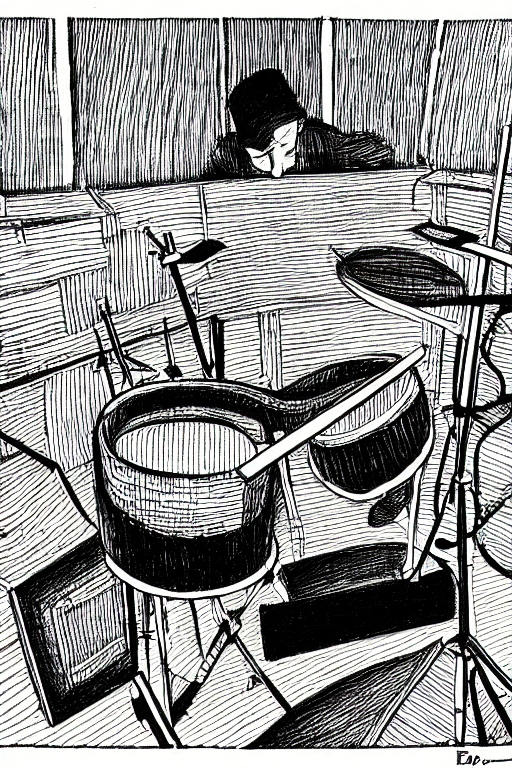
How to Record the Best Drums for Mixing and Mastering
Drums are the backbone of any great recording, and recording drums properly is essential to producing a high-quality track. A well-recorded drum kit can make or break a recording, so it’s important to get it right. In this article, we will discuss the best practices for recording drums to ensure the best possible outcome during mixing and mastering.

Selecting the Right Microphones
Selecting the right microphones is essential to getting the best possible sound out of your drum kit. Each drum in the kit has its own unique sound, and it’s important to choose a microphone that will capture that sound accurately. Generally, condenser microphones are the best choice for recording drums, but dynamic microphones can also be used effectively. Some common microphones used for recording drums include the Shure SM57, Sennheiser e604, and AKG C414.
Positioning the Microphones
Once you’ve selected your microphones, it’s time to position them around the drum kit. The placement of the microphones will affect the overall sound of the recording, so it’s important to take the time to experiment and find the best placement for each microphone. Some common microphone placements for recording drums include:
Overhead mics:
These are placed above the kit and capture the overall sound of the kit.
-
Kick drum mic:
This is placed inside the kick drum to capture the low-end thump of the bass drum.
-
Snare drum mic:
This is placed above the snare drum to capture the sharp, crisp sound of the snare.
-
Tom mics:
These are placed above each tom to capture their unique sound.

Setting Levels and Checking Phase
Once you’ve positioned your microphones, it’s important to set the levels correctly and check the phase of each microphone. This ensures that each microphone is capturing the sound it’s meant to capture and that all of the microphones are in phase with each other. This will help to eliminate any unwanted phase cancellations and ensure a clean and accurate recording.
Recording Techniques
There are many techniques that can be used when recording drums to achieve different sounds. Some common techniques include:
Gating:
This is a technique used to reduce unwanted noise in a recording. It involves setting a threshold for the microphone and only allowing sound above that threshold to be recorded.
-
Compression:
This is a technique used to even out the dynamics of the drums. It involves compressing the louder sounds and boosting the quieter sounds to create a more consistent sound.
-
EQ:
This is a technique used to adjust the frequency response of the drums. It can be used to boost or cut certain frequencies to achieve a desired sound.

The Role of Drums as the Foundation of a Recording
Recording high-quality drums is an essential part of the audio mixing and mastering process, as the drum kit is often the foundation of a recording. A well-recorded drum kit provides a solid rhythmic foundation for the other instruments and vocals, and helps to create a cohesive sound.
How Poor Drum Recordings Affect the Mix and Clarity of a Recording
If the drums are poorly recorded, it can be difficult to achieve a good balance in the mix, and the end result may be muddy and lack clarity. On the other hand, a well-recorded drum kit provides a clean and clear sound that allows other elements of the mix to shine through.
The Advantages of Recording Accurate and Detailed Drum Sounds
Additionally, a high-quality drum recording allows for greater flexibility during the mixing and mastering process. When the drums are recorded with accurate and detailed microphones, and the levels and phase are set correctly, it makes it easier to manipulate the individual drum sounds during mixing. This can include adjusting levels, applying effects, and using EQ to shape the sound.
Manipulating Drum Sounds During Mixing and Mastering for a Cohesive Recording.
In summary, recording high-quality drums is an important part of the audio mixing and mastering process, as it provides a solid foundation for the rest of the mix, allows for greater flexibility during mixing, and ultimately results in a more cohesive and professional-sounding recording."
Summary
Recording drums can be a daunting task, but with the right equipment and techniques, you can achieve a high-quality recording that will sound great during mixing and mastering. By selecting the right microphones, positioning them properly, setting the levels and checking phase, and experimenting with different recording techniques, you can achieve the best possible sound for your drum kit.
Want more great audio tips? Checkout other articles from our blog!